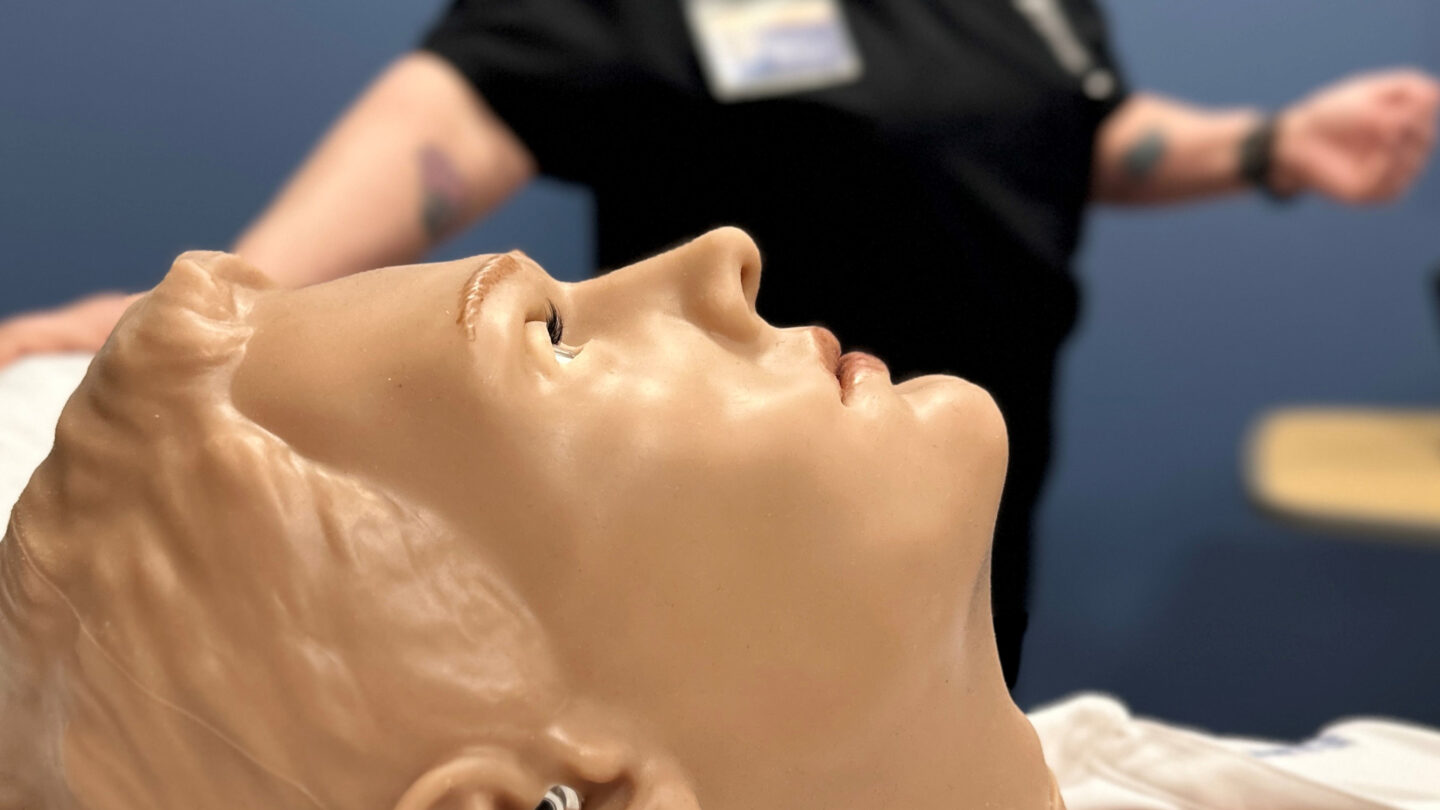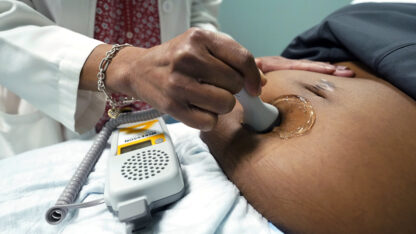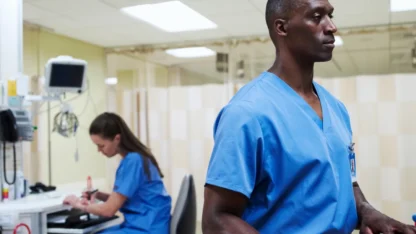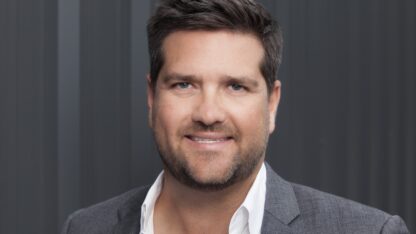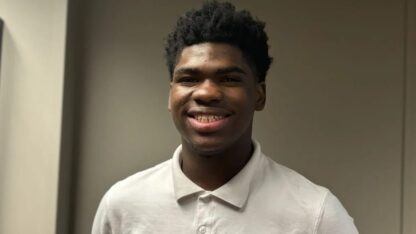While there are still many practicing nurses who were taught how to use a needle on an orange, the cohort of nurses being trained today will have the benefit of the latest advances in technology.
Introducing Emory HAL: The world’s first artificial intelligence-enabled patient simulator designed to train nurses. Developed and manufactured by Gaumard Scientific, the Emory University Nell Hodgson Woodruff School of Nursing is the first in the world to put the HAL model S-5301 human patient simulator to use.
For now, they are still trying to figure out exactly what that use will look like in terms of how students can get the most benefit out of the new technology’s features.
“So we now have this great mannequin that is awesome,” said Beth Ann Swan, associate dean and vice president for academic practice partnerships. “But what now is the workload to get faculty using it, maximizing it, optimizing it? What is the workload then for our students to be using it?”
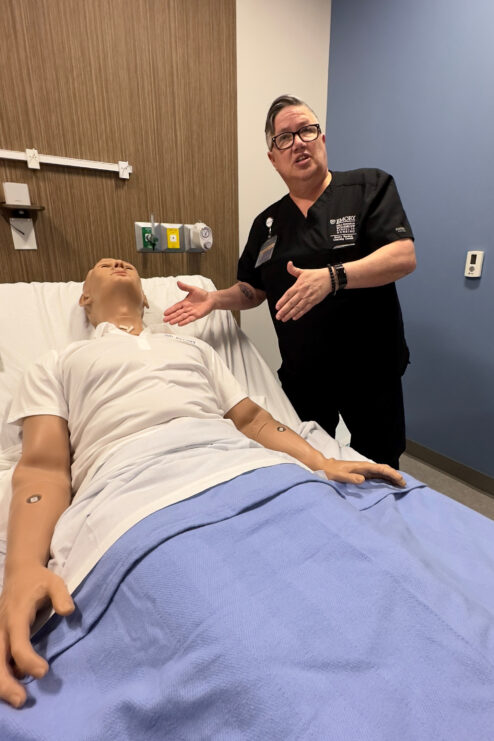
Swan said HAL has the potential to change the game in medical education with its advanced features and ability to simulate a wide range of medical conditions. But is this new technology worth its six-figure price tag?
At a cost of more than $160,000, Emory HAL is a significant investment for any educational institution. And while the benefits of this innovative technology are apparent, some might question whether the cost justifies the educational benefits.
According to Jim Archetto, vice president of domestic sales for Gaumard, practicing with simulators like HAL leads to better outcomes. He points to a Harvard study that shows practitioners who use medical simulators have lower malpractice rates.
Archetto says the price is not likely to come down any time soon, given that artificial intelligence is just one component on a long list of expensive parts. But he says this is an area where the price is justified.
“So similar to airline pilots training on flight simulators… honestly, the risk is just too high from a patient care standpoint not to train on a simulator,” said Archetto. “As a society, we’ve made a decision to say ‘this is required.’”
Some believe HAL’s artificial intelligence feature could be revolutionary for medical education, providing students with an experience that is as close to a real-life scenario as possible. HAL can listen and respond to questions, display symptoms, and even cry or sweat. His animatronics are so advanced that he can move his head and blink his eyes, making him seem more like a real patient than a machine.
But with such a high cost, some are wondering whether the educational benefits of HAL are worth the investment. Will students learn more with HAL than they would with less-advanced medical simulators? And is the cost of the technology prohibitive for the majority of nursing schools?
Despite these concerns, Emory University’s School of Nursing is trying to imagine the hospital of the future and prepare the nurses that will work in them.
“Me, as a person who practiced on each other and oranges, to now be here doing this with all this phenomenal equipment, it’s just incredible to me how far the field has come in a very short amount of time,” said Swan. “And I think with the AI, it’s just going to explode. It’s going to remake what’s possible.”
Only time will tell whether HAL will revolutionize medical education and justify its high cost. For now, it’s clear that Emory HAL is a groundbreaking development in the field of medical simulation, and it’s sure to attract attention from educators, researchers, and medical professionals around the world.
